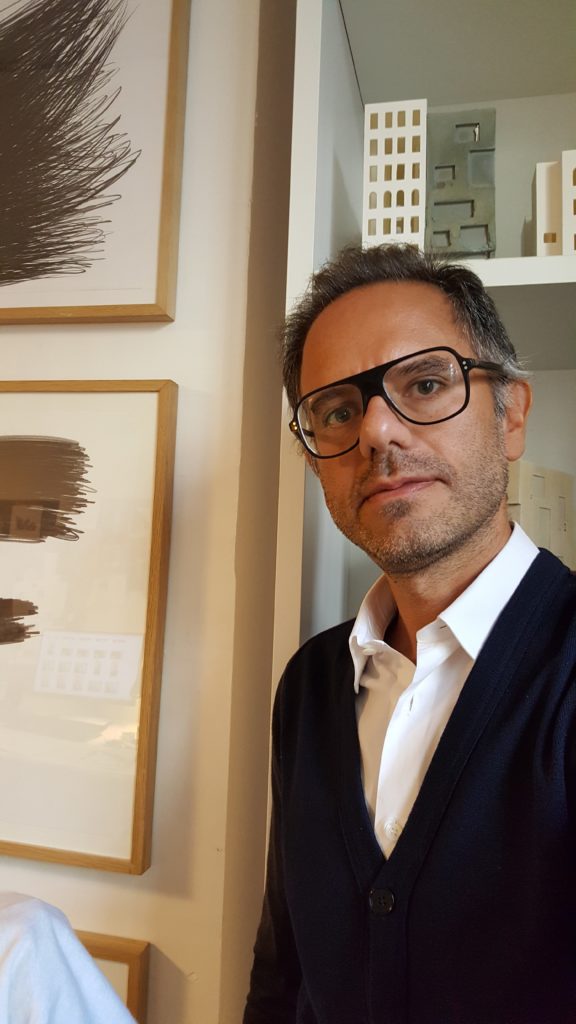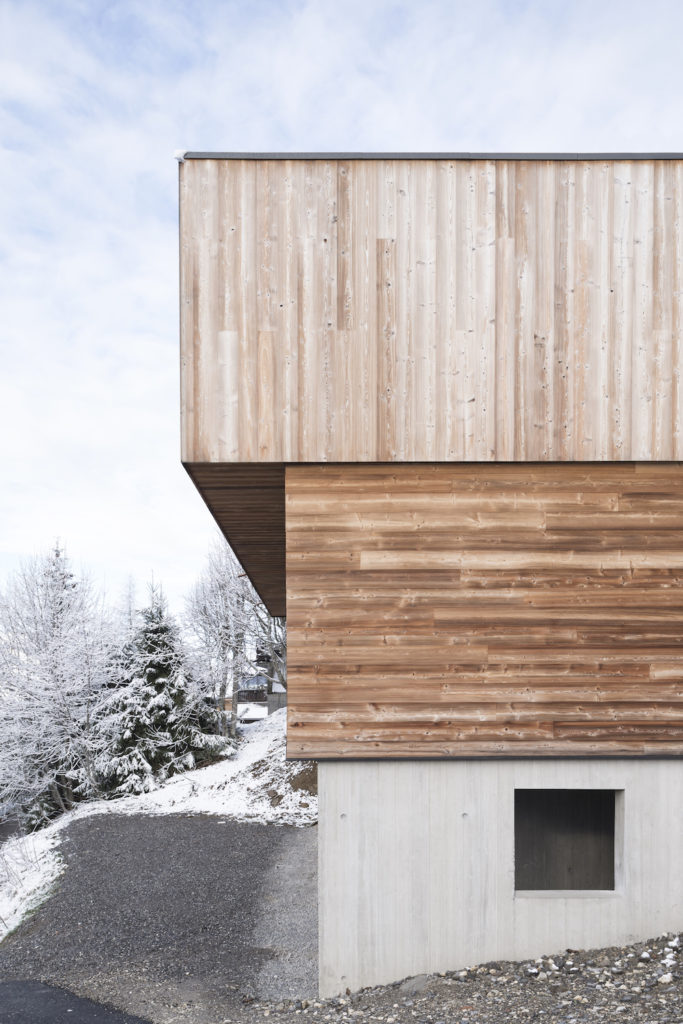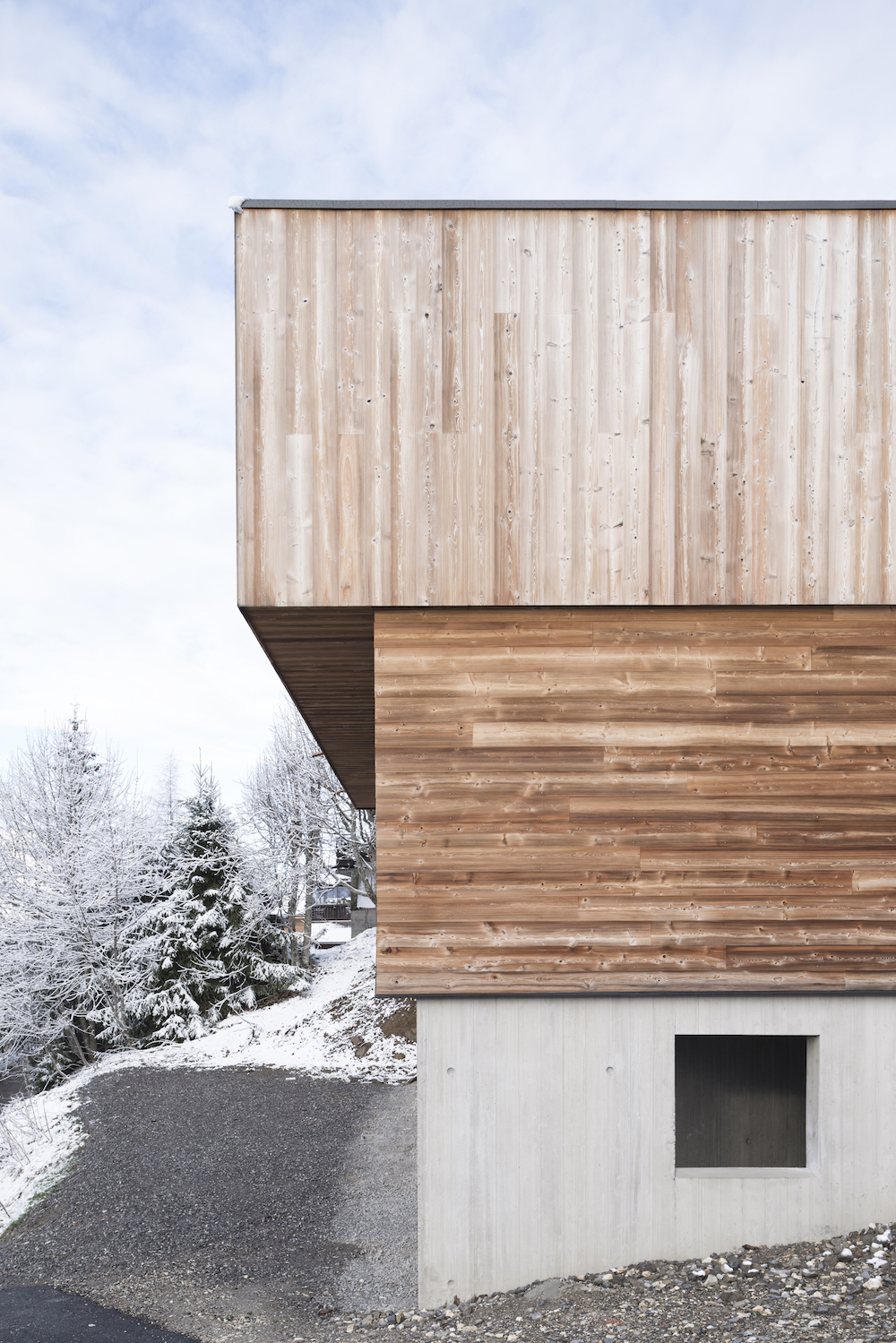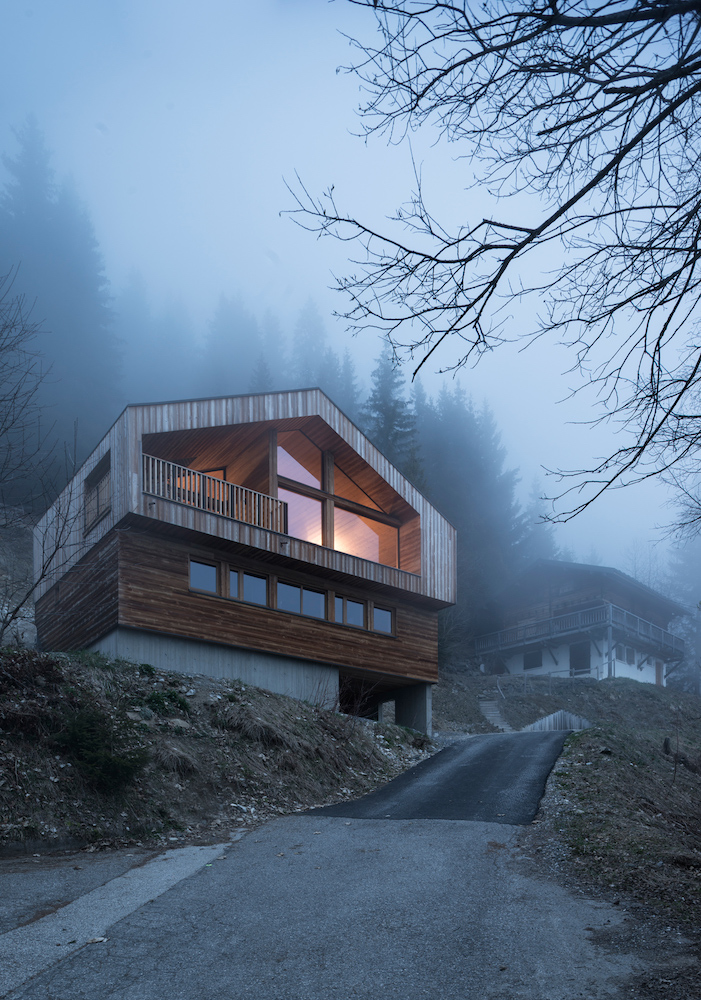Here, we ask a designer to take a selfie and give us an inside look at their lives.
Age: 46
Occupation: Architect
Hometown: I share my time between Paris, New York, and London
Studio locations: Paris, New York, and London
Describe what you make: We are involved in the craft and business of assembling materials for people and companies to inhabit.
The most important thing you’ve designed to date: It really depends on one’s definition of “important.” Working with developers is important because it impacts the well-being of large groups of people. Working on a small house takes us deep into someone’s specific desires. To some extent, it’s up to us to create importance and design value.
The problem your work solves: Great question. Architecture is about providing solutions to a vast, and often complex, set of problems. Because it is not (as of yet) an industrialized process, managing these specific problems is always challenging. Unlike, say, the aerospace or car industry, you cannot build a prototype beforehand, dedicate immense resources to it for years, troubleshoot it, and only then release it. The transfer of data from a digital model to the actual building is not plug-and-play. At times I wish it were, but I think most architects value time and how it allows them to mature ideas.
What you are working on now: It would be unfair to just pick one out of the many! We are fortunate enough to work on a great variety of typologies, scales, budgets, and geographical locations. Each project represents a different opportunity for material and formal investigation, such as curved glass, ultra-high-performance concrete, or mass-colored MDF. The key moment in each project is when we as a team sit back and ask ourselves, “What should this be about?”
A new or forthcoming project we should know about: We are interested in the delivery process in architecture. The digital zeitgeist seems to have most affected our tools, but if you think about the potentiality upstream, it feels mostly untapped. Also, there is an almost nostalgic approach to digital tools and design—meaning, if it’s digital, it needs to look “digital“ or “futuristic.” We are interested in not knowing what the outcome can or should be. This research project is a continuation of an installation we presented during the last Venice Architecture Biennale that was called “The Palaver Tree.“ So, stay tuned for more.
What you absolutely have to have in your studio: I collect artworks from fellow architect friends. They are immensely powerful and I can spend long stretches of time staring at them. They are not architectural drawings, but abstract ones. They are important to me because, as architecture tends to distance itself from traditional representational methods, something can be lost in the absence of the type of immediacy these drawings provide.
What you do when you’re not working: Spending as much time as possible with family. I travel extensively, so strong grounding matters.
Sources of creative envy: Pablo Picasso, Louis Kahn, David Chipperfield, and the Swiss firm Wespi de Meuron Romeo, among others.
The distraction you want to eliminate: The internet.
Concrete or marble? Concrete.
High-rise or townhouse? Townhouse.
Aliens or ghosts? Ghosts.
Remember or forget? Remember.
Dark or light? Light.




